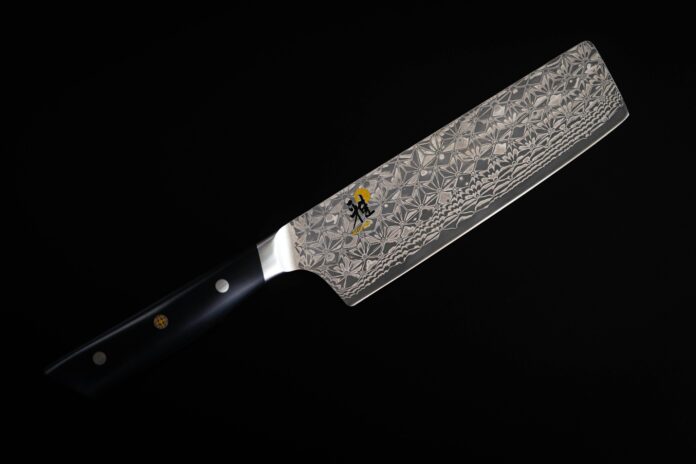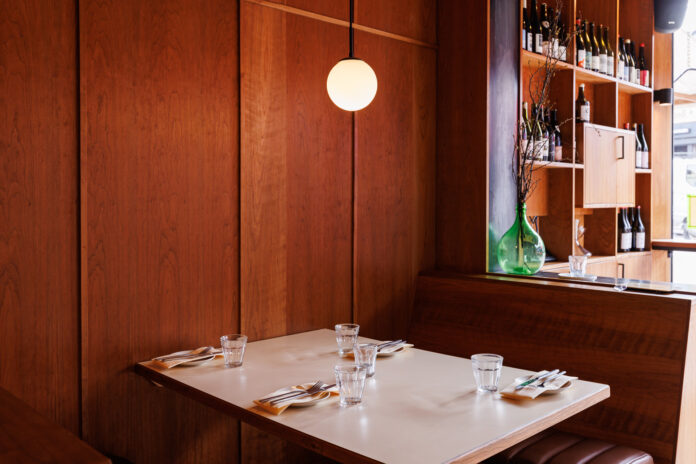The American author Edward Abbey once said that ‘’our culture runs on coffee and gasoline, the first often tasting like the second’’. Here in the UK, switch the word ‘gasoline’ with ‘petrol’, and that statement rings pretty true, too.
Whilst some countries across the globe take their coffee very seriously indeed, it seems like us Brits have often been happy to settle on something less delicious and, let’s be honest here, more instant.
But times are changing. Recently, the Confederation of British Industry reported that although we were once known as primarily a nation of teal lovers, ‘’the United Kingdom has become one of the largest coffee consuming countries in Europe in recent years’’.
They go on to remark that our preference for quality coffee is rising, too, suggesting that ‘’Although in-home coffee consumption is still largely dominated by the sale of instant coffee, coffee pods and ground coffee are gaining in popularity.’’
Interesting stuff. Suddenly, a hastily assembled cup of Kenco may not be enough to have friends and family cooing over your coffee credentials. Instead, here’s how to take your coffee game to the next level in 7 steps.
The Perfect Coffee Vessel
It all starts here, in your mug. Your choice of cup or mug can dramatically impact both the taste and presentation of your coffee. Different vessels are designed to enhance specific coffee experiences – wide-brimmed cups allow aromas to develop for cappuccinos, while narrow espresso cups maintain temperature and concentrate the crema.
Invest in proper coffee cups for each style you serve: classic white porcelain for espresso (60-90ml), wider cups for cappuccinos (150-180ml), and tall glasses for lattes to showcase those beautiful layers. For an extra touch of sophistication, warm your cups before serving by filling them with hot water while you prepare the coffee.
Consider collecting unique or vintage coffee cups from different countries to add character to your service. Serving Ethiopian coffee in traditional small handleless cups, or Vietnamese coffee in its traditional glass with metal filter still attached, creates an authentic experience that shows real attention to detail. The right vessel doesn’t just hold your coffee – it enhances the entire sensory experience and shows your guests that every element has been carefully considered.
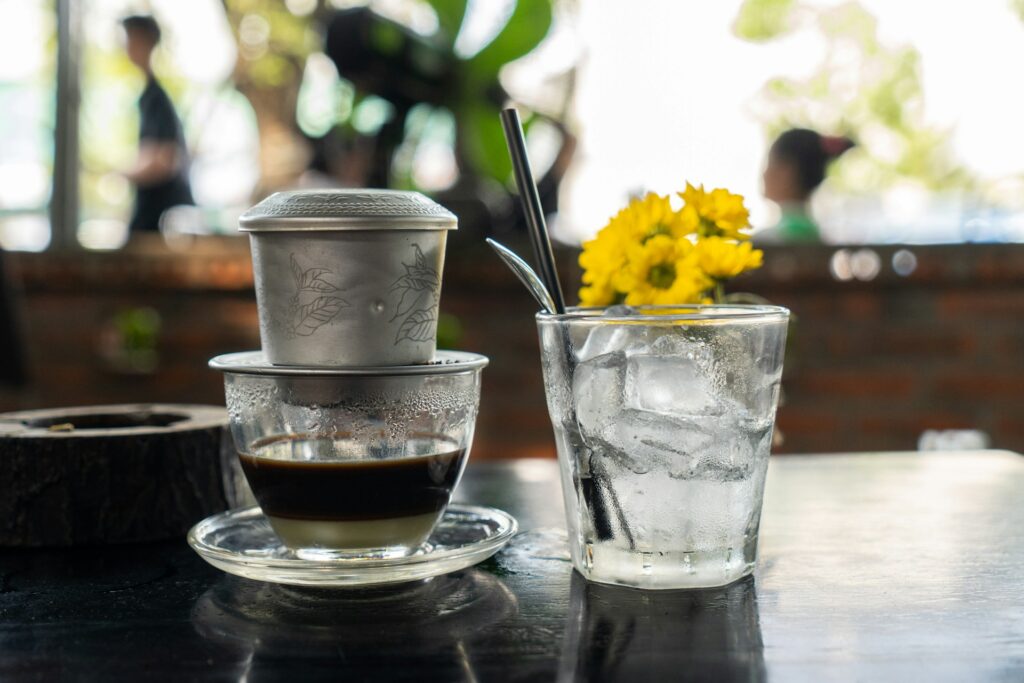
Global Beans & Blends
It’s not just the brewing of coffee that’s important; choosing coffee beans is an art form in itself. You want the perfect mix of rich earthy flavours, maybe with some chocolate undertones or a little bitterness or fruit on the palate. Increasingly, you can find exciting global beans and blends in your local supermarket, but what’s really going to impress your clients is careful sourcing of the finest coffee from afar.
When selecting your beans, it’s a wise move to go for organic coffee beans, for both their superior taste and ethical credentials. Organic beans are grown without synthetic pesticides or fertilisers, which many coffee connoisseurs believe allows the true terroir of the coffee to shine through. Your guests will appreciate knowing their cup supports sustainable farming practices while delivering a cleaner, more nuanced flavour profile.
Some of the best coffee blends in the world are slightly above what you might want to pay but you are getting quality with every sip. Some of our favourite blends are Trung Nguyen from Vietnam, which blends Arabica and Robusta to a chocolatey, rich finish, Blue Mountain from Jamaica, and Ethiopian Yirgacheffe, from the birthplace of coffee. Of course, it’s all subjective; find what suits you and dive in.
Perhaps our favourite right now, though, is Kopi Luwak, a coffee speciality originating in Indonesia, and one that is so rich and complex that it’s bound to impress your guests. This coffee is actually made from partially digested coffee cherries, extracted from the droppings of civet cats (not actually cats, and more closely related to a mongoose). Interestingly, you’ll see a similar coffee advertised in Vietnam and Thailand, referred to as ‘weasel coffee’.
Fortunately, you don’t have to travel to South East Asia to get your hands on the stuff. You can order it online easily and impress your guests not only with its deep earthy caramel undertones but also with an anecdote about this coffee’s unique production process.
Read: 7 Ways To Brew The Ideal Cups Of Coffee From Around The World
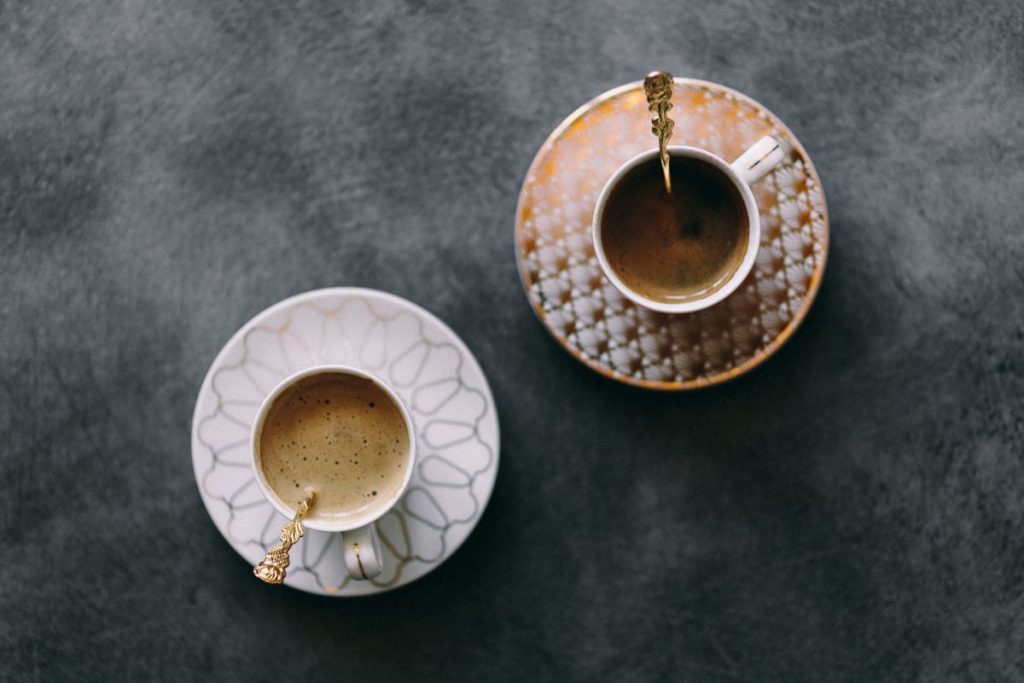
Temperature & Timing Mastery
The perfect cup of coffee isn’t just about the beans and brewing method – it’s also about serving it at the optimal temperature. Coffee aficionados know that different styles of coffee shine at different temperatures. Espresso-based drinks are best served between 60-65°C (140-150°F), while filter coffee can be enjoyed slightly cooler at 55-60°C (130-140°F).
Invest in a good thermometer and pre-warm your cups with hot water before serving. For an extra touch of sophistication, time your coffee service perfectly – freshly brewed coffee should be served within 30 minutes of brewing for optimal flavour. Consider setting up a small coffee station where guests can watch the brewing process unfold, turning coffee service into an engaging performance.
Frothed To Perfection
Milk plays a major role in some of the best types of coffee the world over, and if your guests enjoy a milky cup, then you need to make sure you are hitting those golden ratios of froth and milk to coffee if you’re going to impress them.
Actually, this one’s pretty formulaic. A latte tends to follow the 1:4:1 ratio, which is 1 part coffee to 4 parts milk and 1 part froth. But of course, this changes for a cappuccino, flat white, macchiato and many other coffees that are based around the textural intrigue that milk brings. By investing in a simple handheld milk frother (you can find them on Amazon for a tenner) and learning the ratios required, you’ll wow guests with your barista skills from the comfort of your home.
Providing various kinds of plant milk is essential these days, too, and using coconut milk or almond milk can even add that extra bit of flavour to a coffee.
Read: The Ideal Guide On How To Froth Milk Without An Espresso Machine
Latte Art
Now that you know the perfect milk to froth ratio for your lattes, it’s time to add some excitement to your cup. If you’re truly keen to take your at-home coffee game to the next level, then presentation is key. ‘We drink with our eyes first’, after all.
Producing some fine latte art is always impressive. Start simple with the classic heart or leaf and once you have those mastered those, try experimenting some more.
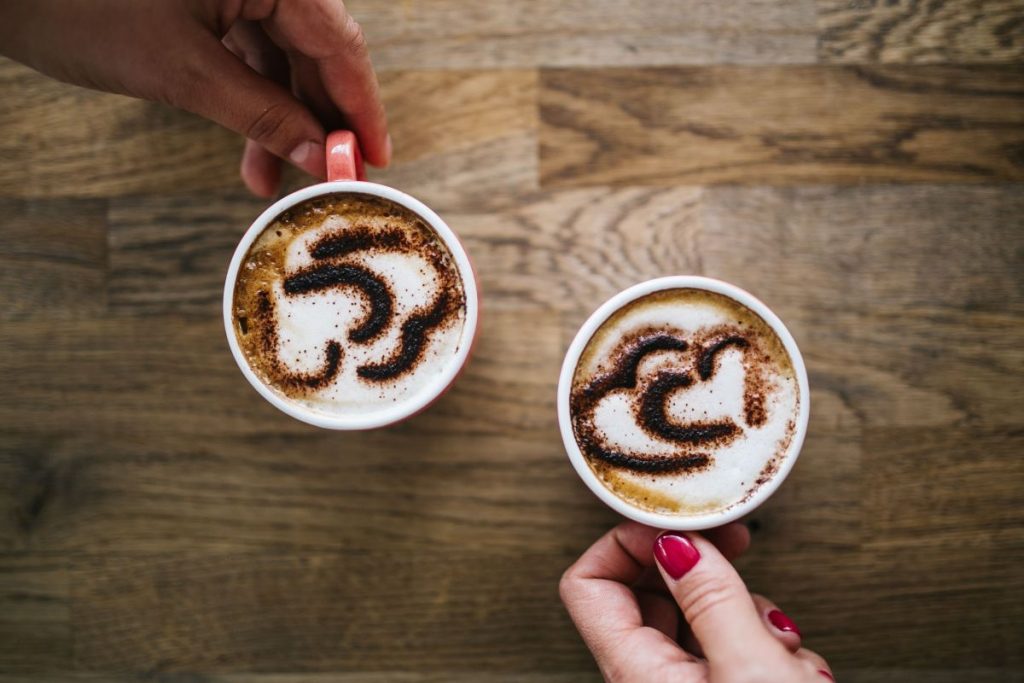
Interesting Additions
Adding sugar, cream, or milk is not the only way to change the composition of your coffee’s flavour profile. You did want to take things up a notch, right? Well, coffee culture extends far beyond the beans and the grind, we think.
Adding different flavours that are unique to your coffee can really change how it tastes and channel that coffee shop ‘je ne sais quoi’. Cinnamon, nutmeg, vanilla extract, chocolate, and even salt can be used to great effect to really pull different flavours out from your homebrew.
Vanilla extract enhances the sweetness but without added sugar, fat, or lactose, and salt can cut the bitterness of black coffee like a dream. There are all sorts of ingredients and add-ins that you can find around your kitchen that can make small but noticeable differences to your homemade coffee; find your favourite, but do use it sparingly…you wouldn’t want that magic dust to lose its sparkle.
Read: 10 unusual ingredients to add to your morning coffee
Curated Coffee Pairings
Elevate your coffee experience by offering thoughtful food pairings that complement your chosen beans. Just as wine has its cheese, coffee has its perfect culinary companions. Dark roasts pair beautifully with chocolate-based desserts or nutty pastries, while lighter, fruitier coffees complement citrus tarts or berry scones.
Create a small tasting menu card explaining the flavour notes of your coffee selection and suggesting ideal pairings. For morning gatherings, offer croissants with medium roasts, or serve Ethiopian coffee alongside lemon biscuits. For evening coffee service, consider pairing your Kopi Luwak with dark chocolate truffles or Indonesian coffee with spiced cookies. This attention to detail shows you’ve thought beyond the cup itself and creates a complete sensory experience for your guests.
The Bottom Line
Did you know that coffee was originally used as a concentration aide to stop people from dozing off during lengthy religious observances? Or, that coffee houses were once referred to as ‘penny universities’ due to the cheap price of the coffee in such places, and the invigorating debates that occurred here? By regaling your guests with a few choice facts and stories, they will enjoy their coffee experience even further.
Anyway, all this talk of coffee has made us thirsty. Care to put the kettle on?




